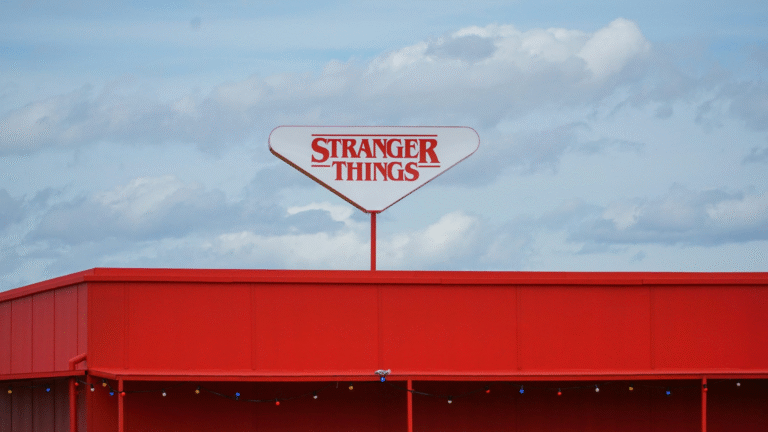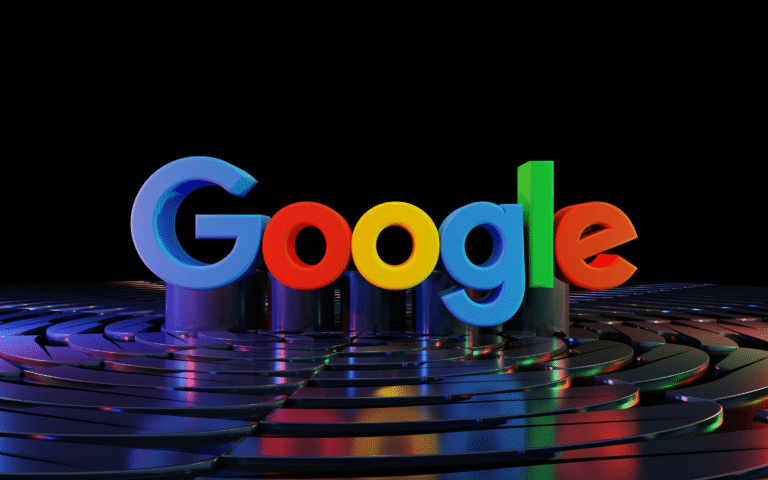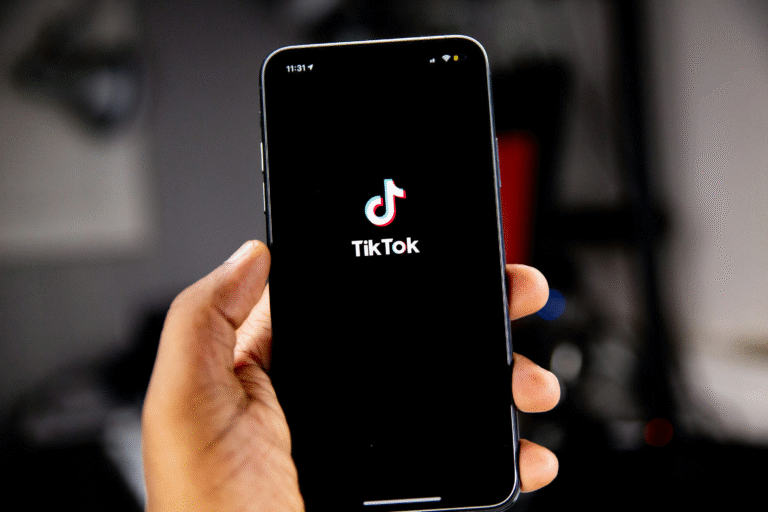
The origins of Microsoft trace back to April 4, 1975, when Bill Gates and Paul Allen founded the company in Albuquerque, New Mexico. The duo, driven by a shared passion for computers and programming, envisioned a future where personal computers would be a common fixture in homes and businesses.
Founding Vision: Gates and Allen’s initial goal was to develop software for the Altair 8800, one of the earliest microcomputers. Their first product, a version of the BASIC programming language, became an instant success. This early triumph laid the foundation for Microsoft’s commitment to software development.
Early Success and Challenges: The success with BASIC led Microsoft to secure contracts with other computer manufacturers. However, the road to success was not without challenges. In the late 1970s and early 1980s, the software industry faced issues of piracy, and Microsoft encountered setbacks due to unauthorized copying of its software.
Strategic Shift: To address piracy concerns, Microsoft made a strategic shift in its business model. Instead of selling software outright, they began licensing their products to computer manufacturers. This decision not only helped combat piracy but also positioned Microsoft as a leading software supplier for the emerging personal computer market.
Breakthrough with MS-DOS: The real breakthrough came in 1980 when Microsoft signed a contract with IBM to provide an operating system for their new personal computer. Microsoft purchased an operating system known as QDOS (Quick and Dirty Operating System) for $50,000 and adapted it into MS-DOS (Microsoft Disk Operating System). This collaboration with IBM marked a pivotal moment in Microsoft’s history.
Setback: The OS/2 Partnership: In the mid-1980s, Microsoft partnered with IBM again to develop OS/2, an advanced operating system. However, creative differences and diverging visions for the project led to a strained partnership. Microsoft eventually shifted its focus to developing its graphical user interface, Windows, independently of IBM’s OS/2.
Windows Revolutionizes Computing: The release of Windows 3.0 in 1990 marked a turning point. Its graphical interface and multitasking capabilities made it a major success, solidifying Microsoft’s dominance in the personal computer operating system market. Windows became the standard for computing, evolving through subsequent versions.
Legal Challenges: With success came scrutiny. Microsoft faced legal challenges in the late 1990s, accused of anti-competitive practices. The U.S. Department of Justice filed a landmark antitrust case against Microsoft, alleging monopolistic behavior. In 2001, Microsoft settled, agreeing to modify its business practices.
Continuous Innovation: Despite setbacks and legal challenges, Microsoft continued to innovate. The early 2000s saw the release of Windows XP, followed by Windows 7, and the transformation into a cloud-centric company under CEO Satya Nadella.
Legacy of Resilience: Microsoft’s journey is a testament to resilience and adaptability. From its early days overcoming challenges of piracy to legal battles and strategic shifts, Microsoft emerged as one of the most influential technology companies globally.
- What motivated Bill Gates and Paul Allen to start Microsoft? Bill Gates and Paul Allen shared a passion for computers and envisioned a future where personal computers would be widely used.
- How did Microsoft address software piracy challenges in its early years? Microsoft shifted its business model to license software to computer manufacturers, combating issues of unauthorized copying.
- What was the significance of the MS-DOS operating system for Microsoft? MS-DOS, developed for IBM’s personal computer, marked a breakthrough, establishing Microsoft as a leading software supplier.
- Why did Microsoft shift focus from the OS/2 partnership with IBM? Creative differences and diverging visions for the OS/2 project led Microsoft to independently develop the Windows graphical user interface.
- What impact did Windows 3.0 have on Microsoft’s success? The release of Windows 3.0 in 1990 revolutionized computing with its graphical interface, solidifying Microsoft’s dominance in the operating system market.
- How did Microsoft address legal challenges in the late 1990s? Microsoft faced an antitrust case and settled in 2001, agreeing to modify its business practices.
- What were some key innovations during the early 2000s at Microsoft? Windows XP and Windows 7 were released, and the company underwent a transformation into a cloud-centric organization under CEO Satya Nadella.
- What is the legacy of Microsoft in the technology industry? Microsoft’s legacy is characterized by resilience, adaptability, and its influential role in shaping the technology landscape globally.











